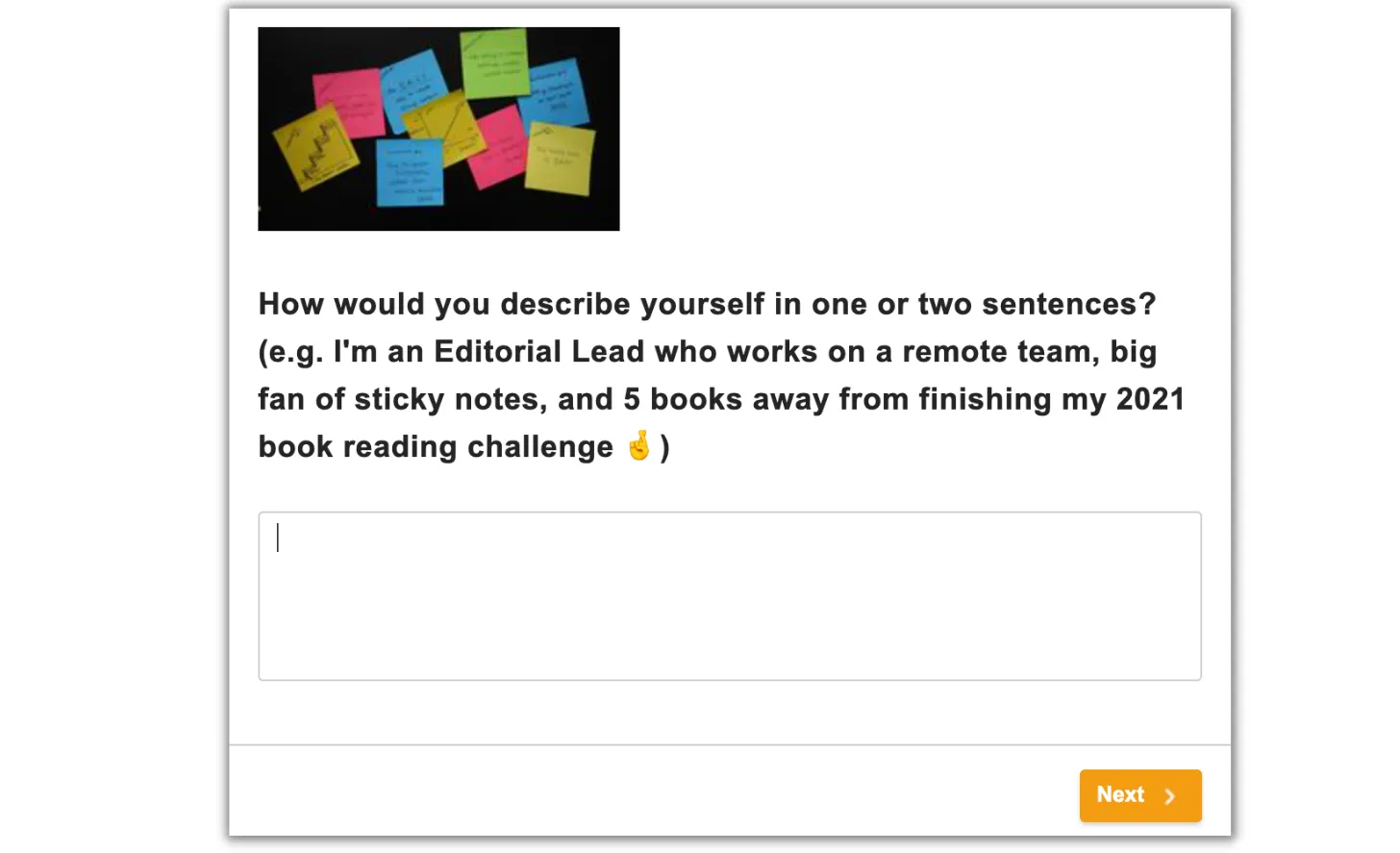The importance of pain points knowledge is that you will ask the right questions and demonstrate expertise around prospects’ industry and needs. Mentioning their daily problem in the subject line, at the begging of a call, or in informal chatting promptly draws their attention. Prospects feel understood and more open to communication with strangers.
Moreover, if they don’t face the pain point, they won’t buy. In case you aren’t aware of real customer problems, you can’t qualify them early and will, again and again, spend time in vane.
How to know the customer pain points before you start outreaching them? Guess and test? Pay for costly buyer intelligence tools? There are other options too :) Let's find out.
What are customers' pain points
Customer pain points mean struggling moments your potential clients experience and your solution relieves or eliminates. Once you learn the challenges, you know why they buy and can lead them to the purchase.
Approaches to uncovering customer pain points
Here is the non-exhaustive list of methods to collect and be updated on your clients’ problems.
- 1 approach. Go through YOUR communications with prospects
- 2 approach. Ask your colleagues for examples of customer pain points
- 3 approach. Talk to current clients
- 4 approach. Monitor social mediums
- 5 approach. Check reviews of your competitors' products
- 6 approach. Conduct surveys (regularly) to identify pain
- 7 approach. Outreach for feedback
Go through YOUR communications with prospects
Yes, review your emails, messengers’ chats, and call recordings again. There might be some valuable information on pain points in their customer journey that you overlook. Revising communication thoroughly, you can think about the prospect’s words from various perspectives.
Ask your colleagues for examples of customer pain points
You may have subject matter experts inside the company. For instance, GetProspect is primarily for people outreaching others to get something from them. So we can talk to our SEO specialist, recruiter, link builder, and freelancers about their pain points in sales.
If you are lucky to have such colleagues, book informal meetings to talk about their routine and listen to their complaints. You can also ask for their feedback on your assumptions about their daily challenges.
Feel free to ask many detailing (and sometimes stupid) questions to identify pain. For example:
-
What does your day look like?
-
What is annoying about your work?
-
What do you worry about now and regularly?
-
What challenges did you face this week?
-
What are your highest priorities this month?
Talk to current clients
Here are some ways to communicate and identify customer problems before your outreach.
-
Create a «Lunch and Learn» program. It means you have monthly or weekly sessions with one of the clients. During the meetings, every employee can ask questions to the customer. For the customer’s valuable time, the company offers them a discount, advanced features, free credits, etc. Make it fun and valuable for both parties.
-
Ask the customer support/success team to connect you to the most committed users and converse about common customer pain points with them.
-
Check recent mentions and feedback on social media. Reach the people for details. To get their contact information — use data enrichment tools.
Monitor social mediums
There are certainly online places where your prospects talk about their professional problems. We highly recommend joining the social platforms, watching, and participating in the discussions.
Regularly checking the communities, you will see the repeatable questions related to your solution — potential customer journey pain points to address.
You will get invaluable insights about the pain points in the customer journey by just reading their communication with each other. If you ask them questions about the mentioned challenge or leave a non-obvious helpful tip, you will be noticed and get extra details.
Ideas where to find the discussions of customer pain points
-
Niche subreddits are good for many audiences
-
Google (verb) top {your product niche} Slack communities
-
Google related communities in general. There might be separate websites such as Bravado for salespeople, there might be communities associated with a particular company
-
Comments under posts of industry LinkedIn influencers — works perfectly for uncovering pain points in marketing. While also good for other socially active prospects such as recruiters, HR managers, salespeople, and freelancers.
-
Visit StackOverflow and GitHub if you target a tech audience
-
Hang out on HackerNews to learn pains of entrepreneurs
Check reviews of products with the same audience
Make a list of your competitors and just non-competing solutions from the industry → Check out their profiles on ProductHunt, Capterra, G2, and Google → read thoroughly only fresh reviews → leverage discovered customer pain points examples when asking questions and dealing with their objections.
Sure, go through your reviews too, if you don’t already check them regularly.
Conduct surveys (regularly) to identify a pain
The approach is sure easier and faster than calls and meetings. At the same time, the results might be invaluable if done right. Here are some tips:
-
Minimize friction in answering the questions: embed them in the email campaign or ask them to write answers in response to the email.
-
Limit the number of questions to around 3-5, so they don’t need to book an hour in their timetable for the task.
-
List all possible questions about customer pain points first, then carefully pick up those that will deliver the most valuable information for further outreach. Ask yourself — how you will use this or that answer.
-
Ask specific questions to get specific answers and make it easy to respond. For example, What do you like about our product? → What features do you use most: {list of your features}?
-
Add an answer example, if possible.

Potential questions you can ask to identify customer problems:
-
What events motivated you to start looking for a solution like our product?
-
What doubts do you have about our product in the begging?
-
What was the critical reason you decided to proceed with us?
-
How has the situation changed since you started using our product? Did we improve specific metrics? What exactly and how?
-
What types of professionals could benefit from our service?
Outreach for feedback
At the end of the day, you can outreach strangers «just for feedback» to identify pain, which can occasionally lead to a purchase.
Email example from Will Allred, Co-founder at Lavender:
Subject line: Founder Card
Will, is anything frustrating you with Outreach's email analytics?
I ask because I'm looking for feedback.
I run Lavender. It's a real-time sales email assistant. We help sellers at orgs like Sendoso, Brex, Clari, etc.
We're building out template & personalization-focused analytics. Open to sharing how we can be building it to better serve you?
Types of pain points
Here are types of client problems with examples, so you can better understand what to look for when figuring out their challenges. Likely, your solution is dealing with one of the types.
- Type 1. Save money
- Type 2. Increase revenue
- Type 3. Save time
- Type 4. Make the process easier
- Type 5. Build a better team
Save money
Companies are always actively searching for how to spend less while keeping the quality — especially during crises hitting the industry, country, or the whole business world. At scale, even the smallest decrease in costs can influence company profitability.
Your product might be more cost-efficient than the alternative they use. Or it may help to cut expenses.
Examples of customer pain points related to saving money
«We build and buy expensive physical servers and data centers for our products» — the solution is cloud infrastructure.
«Сonstruction workers steal a lot of materials» — the drones who are video-fixing the process will help construction companies.
«We need temporary help on the project, we need it soon. While the hiring process is long and costly» — freelancer and outsourcing companies deal with the types of pain points.
«The tool we use provides many unnecessary features we have to pay for the full plan. Though we haven’t found the software which has plans with the only feature we need»
Increase revenue
Sometimes companies are stuck in growth and need to unlock revenue streams. Or they are a freshly financed startup that needs to scale fast and require corresponding tools. In both cases, they are seeking help to earn more.
Example of pain points when struggling to grow revenue
«We have many signups though small percent become paid customers» — lead scoring software as a solution.
«Our sales team is unable to handle medium-priority leads. We are probably missing potential opportunities» — automation software for nurturing campaigns via email or social media.
«We have a high churn rate and can’t fix it for a long time» — tools that monitor and point out common customer pain points with a product.
«Reply rates aren’t improving.»
Save time
Typically it happens when a company is growing proportionally with the manual work for some of its employees. They spend more time on tasks that can be automated or delegated. While their focus can be transferred to more complex tasks where their efforts will be more useful. As a result, a company spends the employees paid time ineffectively and lose money.
Customer pain points examples on productivity
«I manually look for an email of an account which then bounced» — this is the problem GetProspect email finder resolves.
«Our HR department has to handle all requests from staff manually» — the solution is AI, and self-service platforms can solve the types of pain points.
«We have to duplicate the same info in several fields in our CRM»
Make the process easier
As the company grows, operational problems may arise and impact your revenue and employees.
Examples of customer pain points related to operations
«Information from each department about customers is located in different tools which often lead to the bad customer experience»
«Our decision-making process in the marketing department is unreasonably slow»
«Employees often lose important documentation and ask each other to send it again. There is no single source of truth»
«Our group conversations are very slow»
Build a better team
People are more important than clients. Companies that understand this are successful. Though far from every business can accept that something is wrong with its people's process, rather than with the particular employees themself.
Example of pain points on the way to better HR processes
«Our best employees leave and don’t explain reasons»
«Our declared company culture doesn't match our actual culture»
«We are lacking transparency and trust with our middle managers»
The next steps?
Once you have a list of the prospect's potential challenges, how do you use them correctly?
-
Remember that the customer pain points are just assumptions and might not be the case for every prospect.
-
Ask questions about the problems rather than stating they have it by default. People don’t like when someone tells them he/she knows their challenges better.
-
Continuously uncover common customer pain points. The easy-to-forget moment about client problems is that they aren’t set in stone. You can’t once discover their challenges and use them limitlessly in your outreach. The idea is to have effective tools and frameworks for your customers' work life and problems.
Summary
-
Understanding customer pain points helps you to draw prospects’ attention to your message, earn their trust, ask the right questions, so they will come to your solution themselves.
-
You don’t need all customer pains, only those that can relate to your solution or help in outreach.
-
Simple and low-cost options to identify customer pain points are professional discussion on social platforms, talking to relevant experts inside the company, reviews on industry players, and revising your communication with clients.
Put name and company and get verified emails
Find the emails

